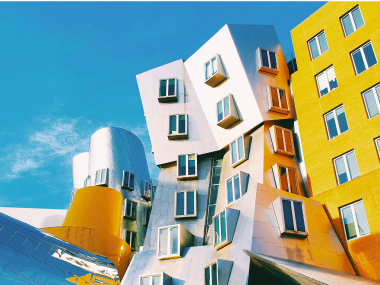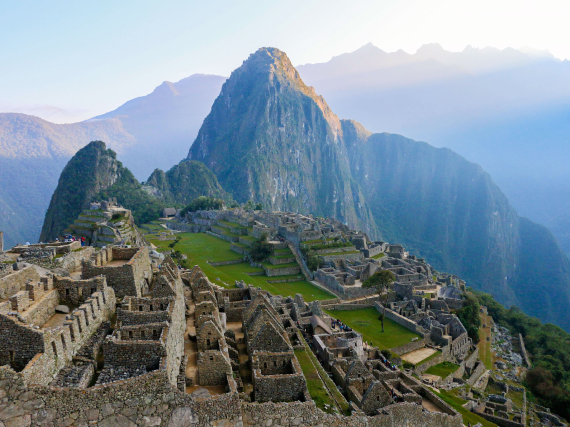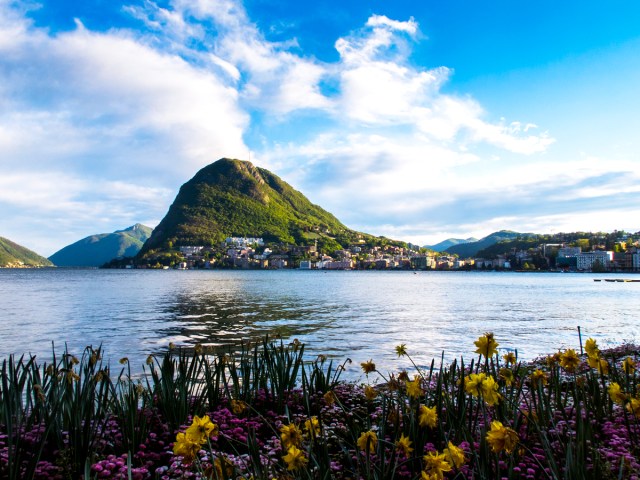Across the world, cloud-piercing skyscrapers push construction techniques to new heights, while sustainable and unique homes provide a blueprint for the future. In commercial districts, a desire to create something remarkable has resulted in a slew of innovative and beautiful stores. In some cases, these buildings are bespoke designs, created with retail in mind. Other times, repurposing a building into a place to shop is a means of saving a treasured existing structure from an ignominious fate. Let’s take a look at some of the world’s retail stores that are housed in repurposed architectural landmarks.
Galeries Lafayette – Paris, France
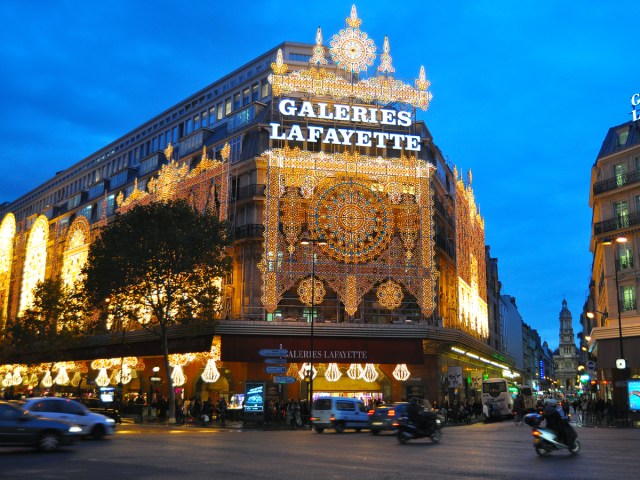
The Paris of the 19th century did not feature the grand avenues and much of the splendid architecture of the Paris we know today. The modern fabric of the city owes much to the vision and power of Georges-Eugène Haussmann, hired by Napoleon III to redevelop Paris’ medieval slums and instigate a far-reaching urban renewal program. The ornate and elegant building that houses Galeries Lafayette, Paris’ most famous department store, was one of those that sprang up along the city’s new boulevards in 1912.
The building matched the vision of owners Alphonse Kahn and Théophile Bader, who wanted to create a luxurious and innovative approach to the business of retail. The design of the store’s iconic dome reflected the dominant Art Nouveau style of the period. Installed by talented glassmaker Jacques Gruber, the dome served as a way of flooding the retail space below with light.
Las Bóvedas – Cartagena, Colombia
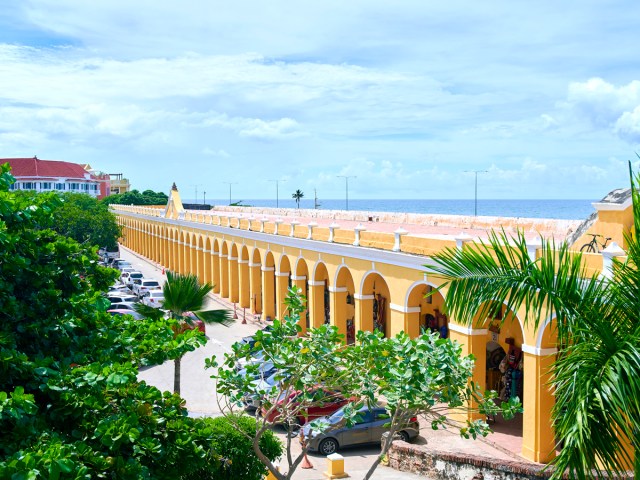
Located on Colombia’s Caribbean coast, Cartagena was strategically important during the colonial era from the 16th to 18th centuries. As a consequence, the Spanish fortified it heavily, enclosing the city with thick stone walls that connected a succession of forts. In 1792, 23 bóvedas, or vaults, were added to the fortifications and initially used for storing food and munitions.
The final flourish came six years later with the addition of 47 porticos. Cartagena gained its independence in 1811, becoming the first province in Colombia to free itself from the Spanish crown. In the 19th century, Las Bóvedas were briefly used as a prison, but today the complex houses a variety of charming souvenir shops selling colorful paintings and local handicrafts.
Bálna – Budapest, Hungary
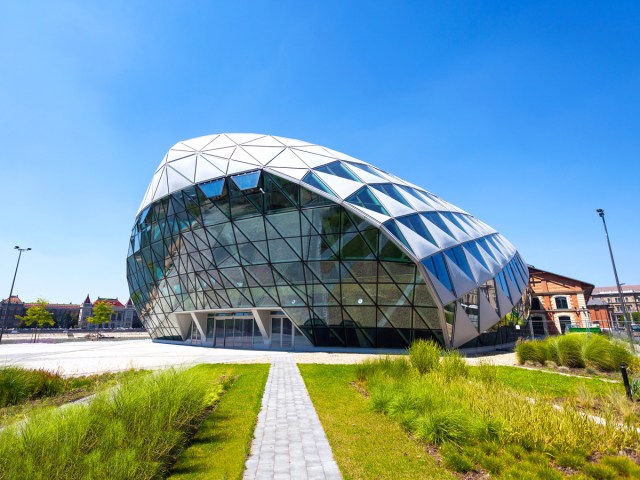
The Danube is Europe’s second-longest river. Midway along its 1,775-mile course, it passes through the Hungarian capital, where the river divides hilly Buda and flatter Pest. A former riverside warehouse complex called Közraktárak formed the basis of a contemporary landmark along the Danube, which opened in 2013.
The mixed-use retail and entertainment building, Bálna — with a name meaning “the whale” — reimagines those historic brick structures. The addition of a stylish glass and steel atrium elevates and modernizes the space. It’s the work of Dutch architect Kas Oosterhuis, who intended the fluid shape of the resultant mall to mimic the flow of the river itself.
The Registan – Samarkand, Uzbekistan
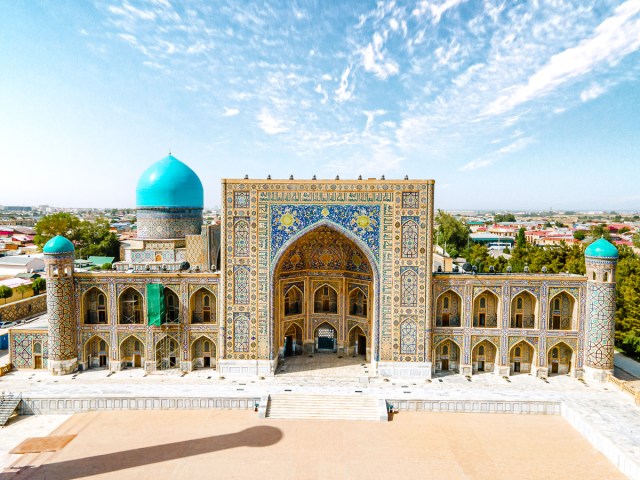
The history of Samarkand can be traced back more than 2,500 years, but the most significant period in its development was during the Timurid Empire. As early as the 14th century, this Silk Road city was a thriving center of commerce. During this period, the grandson of Turco-Mongol conqueror Timur oversaw the construction of three madrasas (schools) — Ulugh Beg between 1417 and 1420, Sher Dor from 1619 to 1636, and Tilla Kari by 1660 — that line an impressive square known as the Registan.
By the time the Soviets arrived in the 20th century, the square had fallen into disrepair, but extensive renovation returned the buildings to their former splendor. These days, the Registan is one of Uzbekistan’s top tourist attractions, dazzling visitors with its intricate, colorful tile work, gilded ceilings, and magnificent cupolas. Inside, you’ll find an array of souvenir stalls and even a post office lining its shady courtyards.
Battersea Power Station – London, England
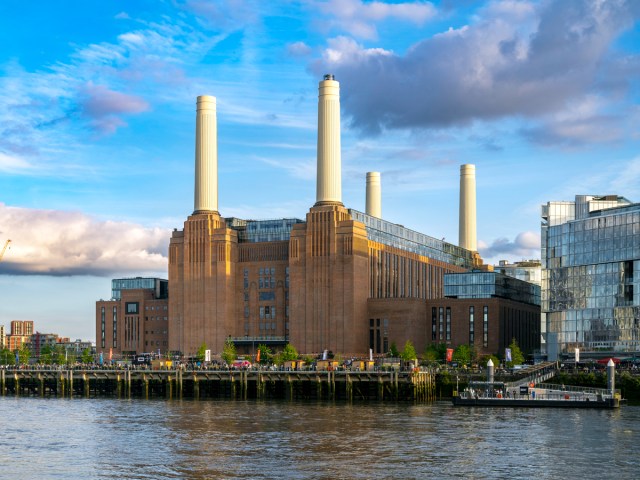
Battersea Power Station is one of London’s most recognizable buildings. Construction began in 1929, and by 1955, this coal-fired power station was producing around a fifth of the U.K. capital’s electricity. The art deco architecture of this riverfront behemoth dominated the cityscape. It famously graced the cover of Pink Floyd’s 1977 album Animals alongside an inflatable pink pig that had been tethered to one of its chimneys. In 1980, it was officially named a historic landmark.
However, just three years later, Battersea Power Station, costly to maintain and outdated, was decommissioned. Redeveloping the site was no easy task, not least because what casual observers might have thought was a single building was actually two. Eventually, it was transformed into a luxury mall that welcomed its first shoppers in 2022 and has since become a popular London attraction.
Savage Mill – Savage, Maryland
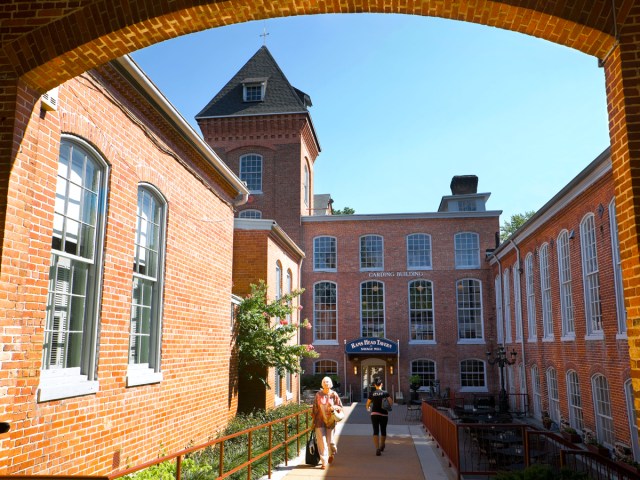
The story of Savage Mill began in the early 19th century, when it was constructed close to the confluence of the Little and Middle Patuxent rivers, about 20 miles southwest of Baltimore. Inside, looms wove cotton into heavy-duty canvas that was ideal for army tents, sails for the clippers that sailed out of Baltimore Harbor, and even the cinema screens of silent movie theaters.
The use of steam power led to the mill’s expansion in the 1880s, but changing demand led the mill to close in 1947. A few decades later, Savage Mill was added to the U.S. National Register of Historic Places and painstakingly restored. Since then, it has provided a home for numerous small stores and local businesses that have given the mill a new lease on life.
LX Factory – Lisbon, Portugal
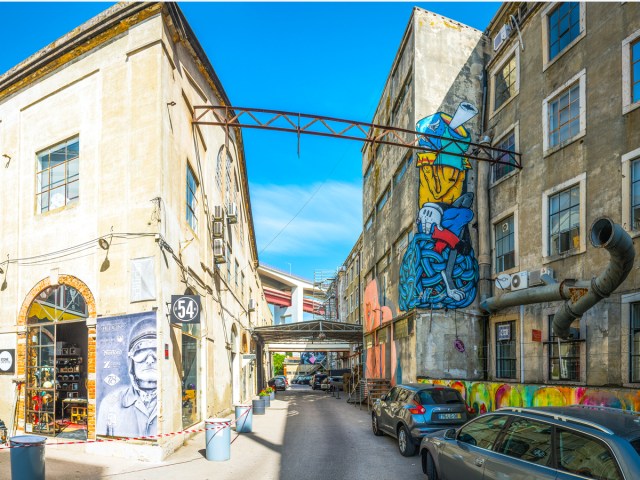
LX Factory is a former industrial complex dating back to 1846 that has been reimagined as a trendy hub for retail and leisure in Portugal’s capital. Located in the Alcântara neighborhood of Lisbon, the complex first housed a textile business called Companhia de Fiação e Tecidos Lisbonense. Later, the food processing company Companhia Industrial de Portugal e Colónias and printers Anuário Comercial de Portugal and Gráfica Mirandela moved in.
Yet, times change and today’s congested inner city sites, tight on space, were no longer a good fit for industry. Here, the vacant factories and warehouses have a new guise, forming a creative hub that marries trendy start-ups with hip cafés and fashionable boutiques. LX Factory also hosts a popular Sunday flea market known for its retro vinyl and vintage clothing stalls.
More from our network
Daily Passport is part of Inbox Studio, which publishes content that uplifts, informs, and inspires.
